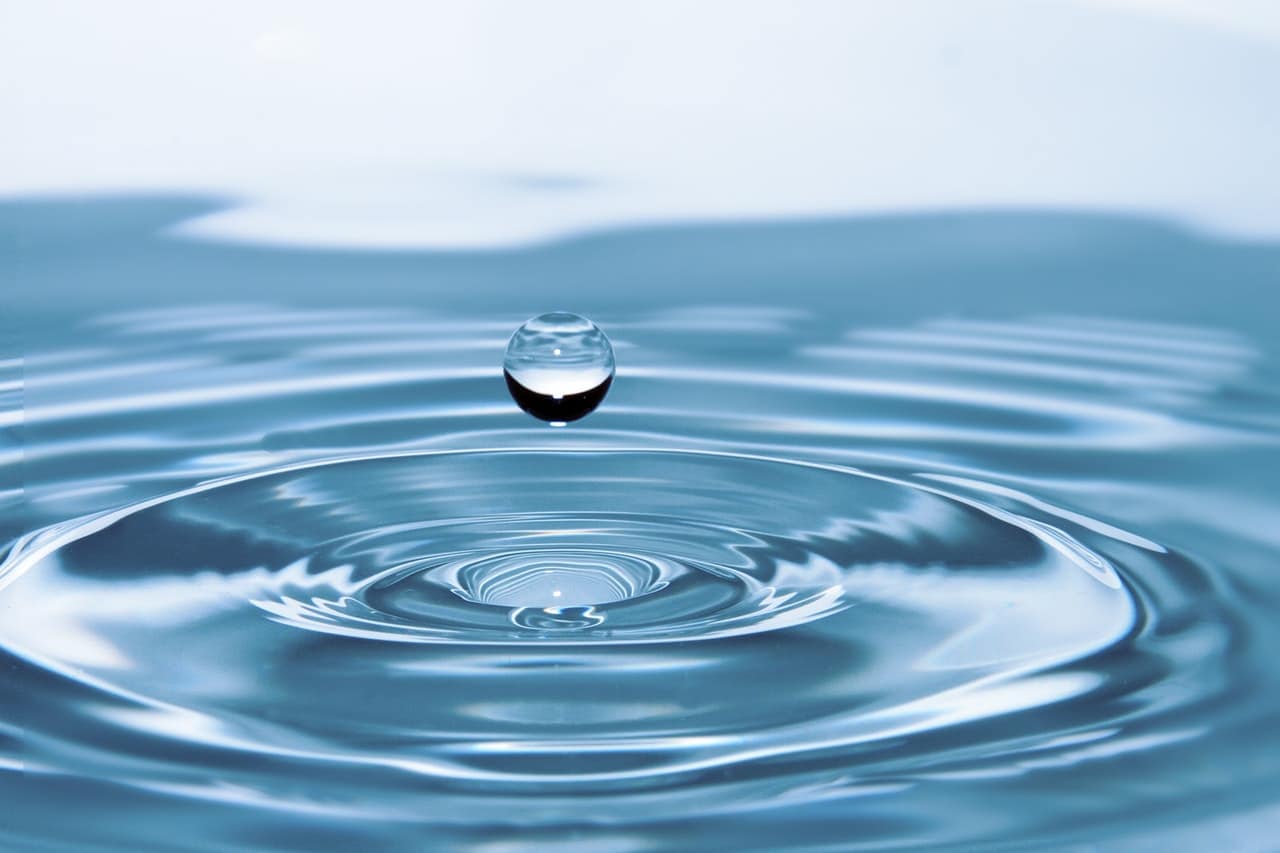Among many contaminants possible in drinking water, one of the most common in the US and many other countries is PFOA, a nonstick chemical that was previously used to make Teflon. PFOA has been linked to cancer, immune system damage in children, and several other major health problems.
In 2016, the Environmental Protection Agency Reported that a relatively small sample of public drinking water systems around the country were contaminated with PFOA. But a bit over a year later, this data has come into question. Let’s look at the updated data, plus how a water filtering system from Kinetico might help you.
Original Study
In the original study carried out by the EPA, it was reported that just 1 percent of public drinking water samples are contaminated with PFOA. But a year later, the same company that analyzed these samples now says that over 20 percent of the samples were likely to have been contaminated.
Re-Analysis
Why the change? Well, it’s all about thresholds for reporting PFOA pollution. The EPA required utilities to report this pollution only when detected above a minimum level – this level was 10 times higher than what most labs can detect, and far higher than what many scientists believe is an unsafe level of PFOA.
During a re-analysis, Eurofins Eaton Analytical took over 10,000 samples from between 2013 and 2015. They found that over one in five were contaminated with PFOA, though research was not done to determine exactly how many additional systems were contaminated.
No Safe Level?
In effect, this gives the EPA a convenient legal excuse to take no action. The Safe Drinking Water Act allows the agency to decide whether to set a legal limit for contamination based on its spread. Nationwide levels of PFOA continue to exceed what the best independent sources have said is a safe level (1 part per trillion).
In fact, scientists in New Jersey and Germany say there might actually be no safe level of drinking water exposure to PFOA, as well as similar chemicals called PFCs or PFASs. But there are still no EPA limits for these, only advisory levels. Even replacement chemicals, meant to come in place of PFOA, were not tested fully and may be contaminated drinking water as well.
Because of this and the uncertainty surrounding drinking water, it’s prudent to install additional water filtration solutions to prevent this kind of contamination. Speak to the pros at Kinetico to learn about how a home water system can protect you from PFOA and other dangerous chemicals.

